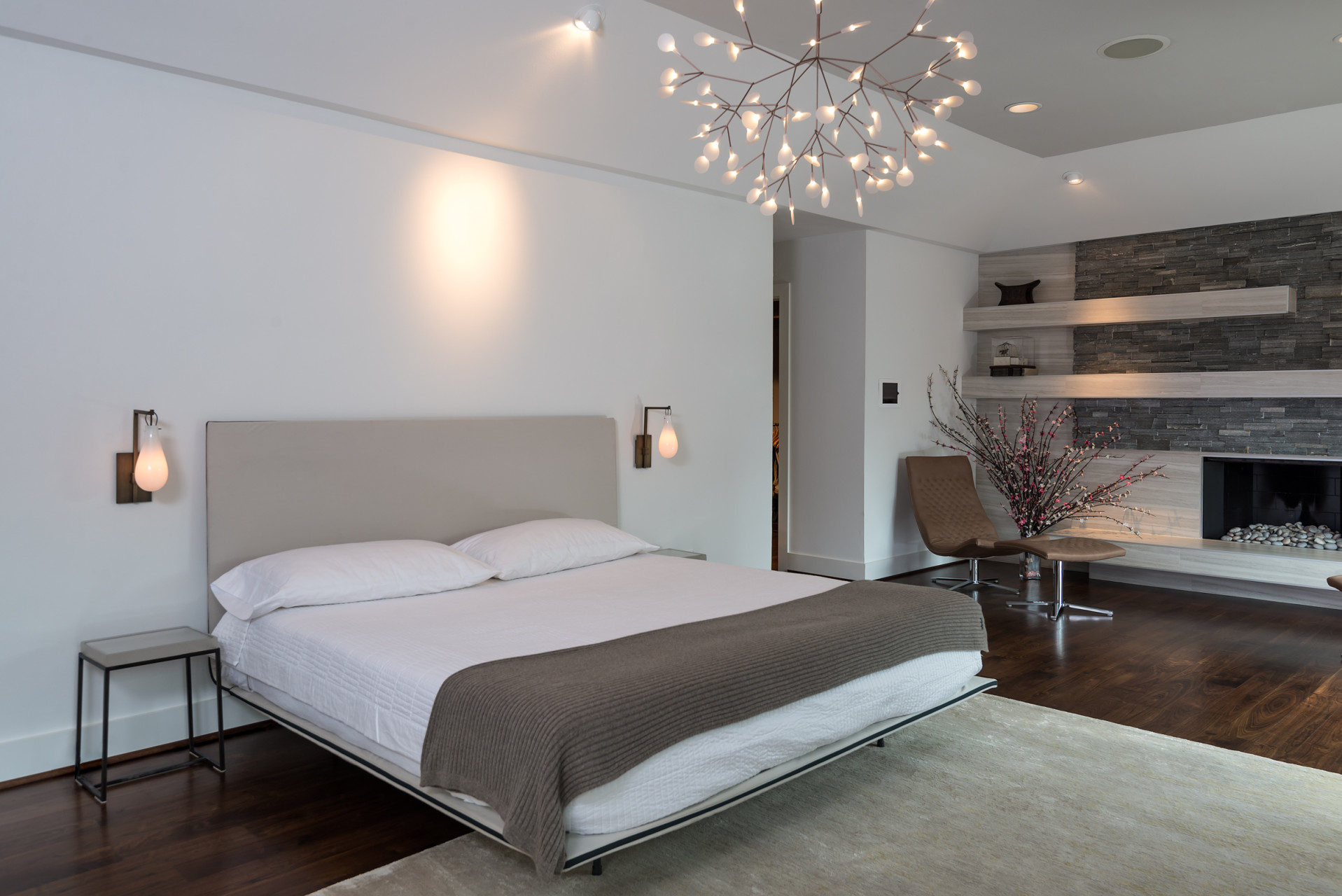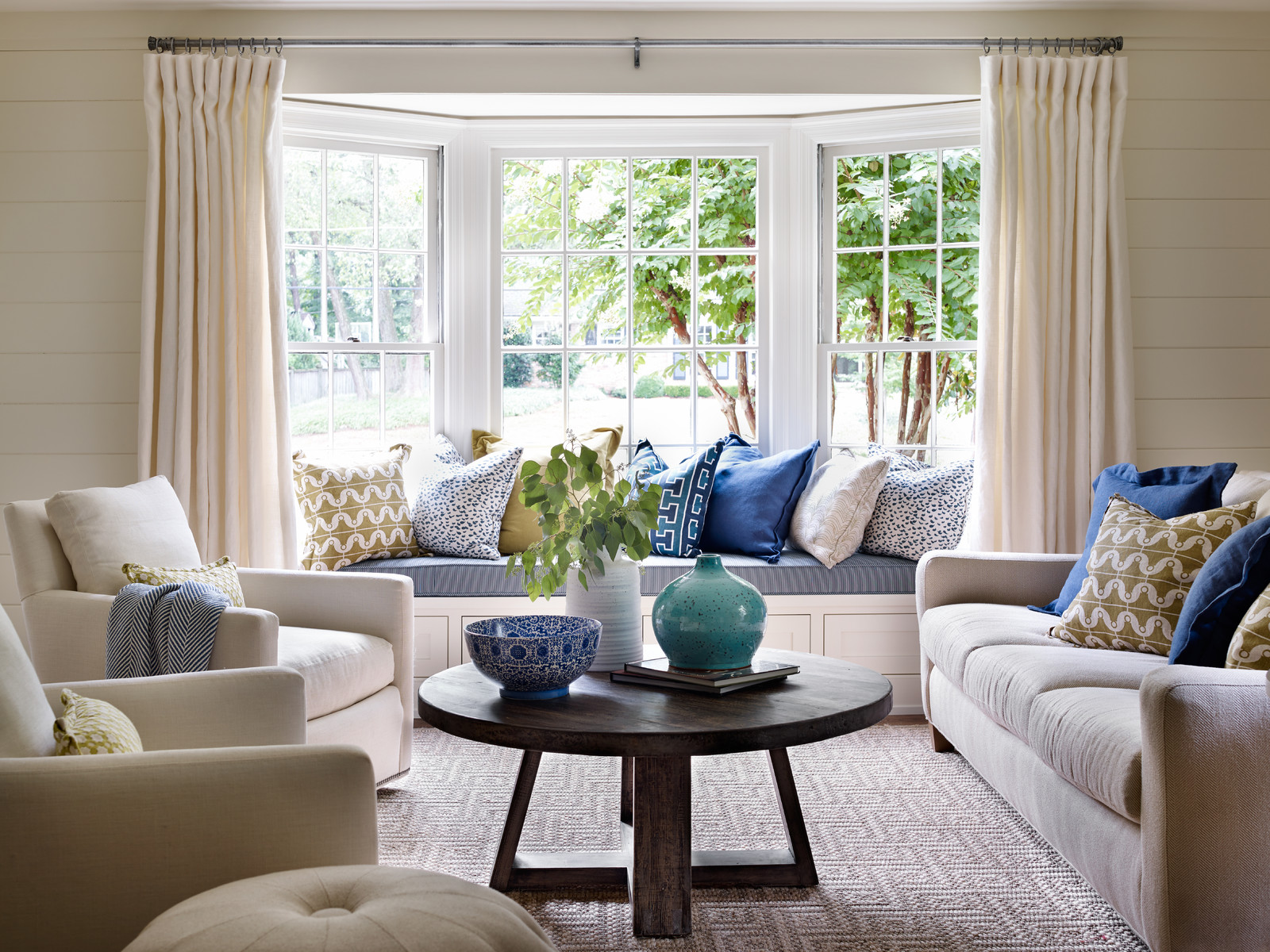Historical and Architectural Influences
The placement of bedroom lights has evolved over time, reflecting changes in both design aesthetics and technological advancements. From the flickering flames of candles to the modern LED bulbs, the way we illuminate our bedrooms has undergone a significant transformation. These changes have impacted the placement of light fixtures, resulting in a diverse range of approaches throughout history.
Historical Bedroom Lighting
Historically, bedroom lighting was primarily focused on functionality. Candles, oil lamps, and later gaslights provided minimal illumination, often concentrated around a central point in the room. In Victorian bedrooms, for example, a single chandelier or pendant light hung from the center of the ceiling, casting a soft, diffused glow. This arrangement served a practical purpose, providing enough light for basic tasks like reading or dressing.
Modern Bedroom Lighting
Modern bedrooms, however, often feature multiple light sources, offering greater flexibility and control over the lighting environment. Recessed lighting, track lighting, and bedside lamps are common features, allowing for targeted illumination and mood creation. This shift from a single central light source to multiple, strategically placed fixtures reflects a greater emphasis on ambiance and personal preference.
Architectural Styles and Lighting, Why are bedroom lights off centre
Different architectural styles have also influenced the placement of bedroom lights. Victorian bedrooms, with their ornate details and emphasis on symmetry, often featured chandeliers or pendant lights positioned directly above the bed. Modernist bedrooms, on the other hand, embraced a more minimalist approach, incorporating recessed lighting or sleek track lighting systems to create a clean and streamlined aesthetic. Mid-Century Modern bedrooms often featured pendant lights with geometric shapes and bold colors, complementing the era’s focus on functionality and geometric forms.
Practical Considerations and Functionality

Beyond aesthetics, the placement of bedroom lights serves practical purposes, impacting how we use and experience the space. Off-center lighting can enhance functionality and create a more inviting atmosphere.
Lighting for Different Activities
The placement of light fixtures directly influences the functionality of a bedroom. Strategically positioned lights can enhance specific activities, like reading, dressing, or relaxing.
- Reading: A bedside lamp positioned on the side of the bed opposite the reader’s dominant hand provides optimal illumination without casting shadows on the book. This arrangement allows for comfortable reading without straining the eyes.
- Dressing: A well-placed vanity mirror with integrated lighting provides excellent visibility for applying makeup or choosing outfits. Ideally, the light should be positioned to illuminate the face evenly, avoiding harsh shadows that can distort features.
- Relaxing: Dimly lit ambient lighting, like a floor lamp or a string of fairy lights, can create a cozy and inviting atmosphere conducive to relaxation. This type of lighting helps to unwind after a long day and encourages a peaceful sleep environment.
Aesthetic and Design Principles: Why Are Bedroom Lights Off Centre

Off-center lighting in a bedroom can be more than just a functional choice; it can be a powerful tool for creating a visually appealing and balanced space. By strategically placing lights away from the center, you can introduce asymmetry, add depth, and enhance the overall aesthetic appeal of your bedroom.
Impact of Off-Center Lighting on Bedroom Aesthetics
Off-center lighting can be used to create visual interest and asymmetry in bedroom design. By placing lights away from the center of the room, you can create a more dynamic and engaging space. This can be achieved by using a variety of lighting fixtures, such as sconces, pendant lights, or floor lamps.
- Creates visual interest: Off-center lighting can break up the monotony of a symmetrical room, adding visual interest and preventing a feeling of sameness. This is particularly effective in rooms with simple or minimalist décor.
- Enhances the flow of a room: By strategically placing lights in a non-central location, you can guide the eye around the room, creating a sense of flow and movement. This can be especially useful in larger bedrooms where you want to emphasize certain areas or features.
- Adds depth and dimension: Off-center lighting can create the illusion of depth and dimension, making a small room feel larger and more spacious. This can be achieved by using a combination of ambient and task lighting, placing lights in different heights and angles to create a sense of layering.
Design Principles for Off-Center Lighting
Here are some design principles that demonstrate how off-center lighting can be used to enhance the balance and flow of a bedroom:
- Rule of Thirds: This principle suggests dividing the room into thirds both horizontally and vertically. Placing lights along these lines can create a more balanced and dynamic composition.
- Focal Point: Use off-center lighting to highlight a focal point in the room, such as a headboard, artwork, or a seating area. This can create a sense of emphasis and draw the eye to a particular area.
- Contrast: Create contrast by using different types of lighting fixtures or by placing lights at different heights and angles. This can add visual interest and depth to the room.
- Balance: While asymmetry is encouraged, it’s important to maintain a sense of balance. Use off-center lighting to create a balanced composition, ensuring that one side of the room doesn’t feel heavier or more dominant than the other.
Comparison of Lighting Fixture Placement
| Lighting Fixture | Centered Placement | Off-Center Placement |
|---|---|---|
| Pendant Light | Creates a symmetrical and formal look, often used as a central focal point. | Can be used to create a more casual and relaxed atmosphere, adding visual interest and highlighting a specific area. |
| Sconce | Often used in pairs flanking a mirror or headboard, creating a balanced and symmetrical look. | Can be used to create a more asymmetrical and dynamic look, adding depth and dimension to the room. |
| Floor Lamp | Can be used to create a central focal point, especially in a large room. | Can be used to create a cozy and inviting atmosphere, adding visual interest and highlighting a seating area or reading nook. |
